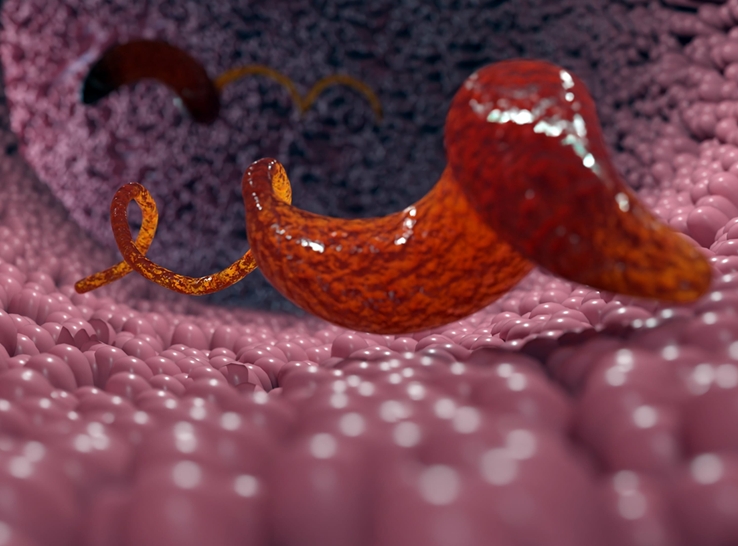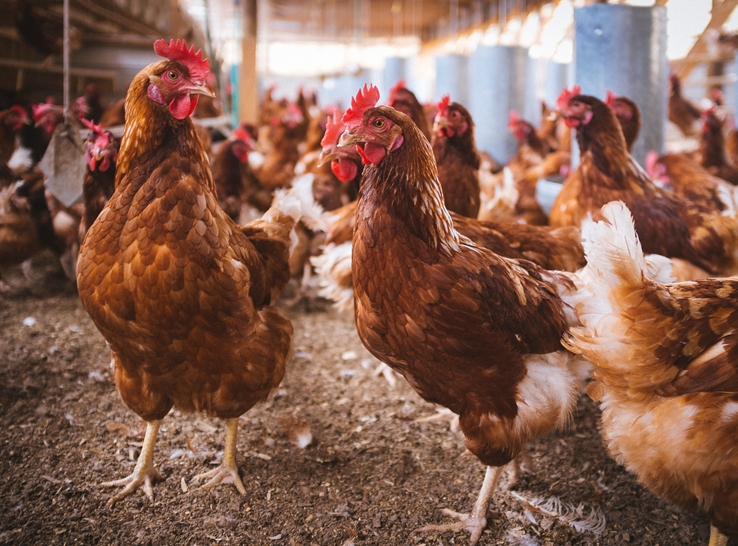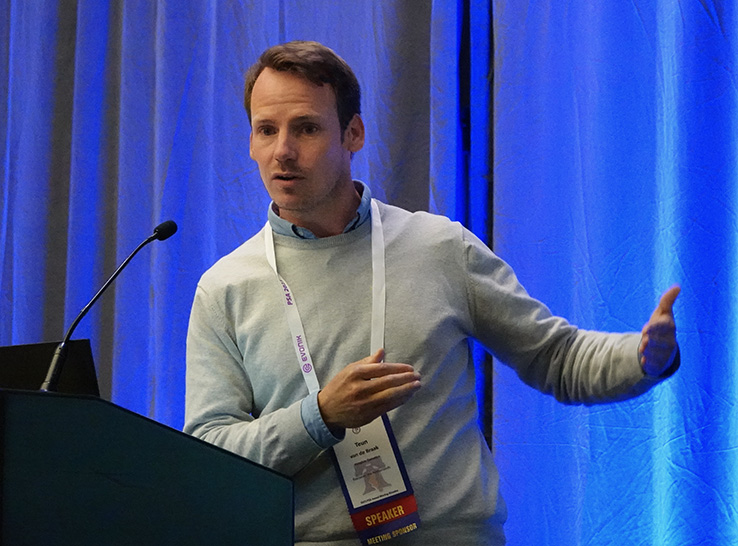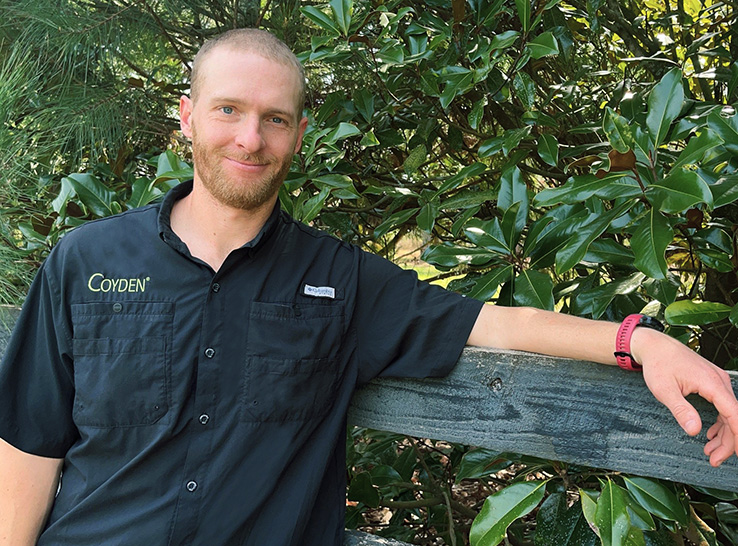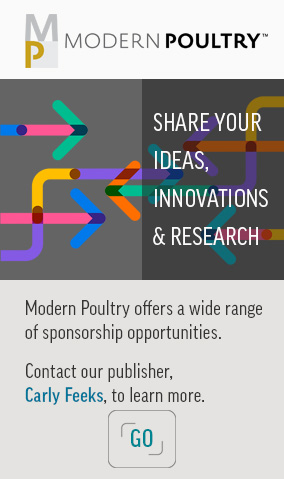Consumers, retail customers and even legislators in some states are embracing cage-free egg production, necessitating a shift in the laying-hen industry. Today, approximately 34% of the laying-hen industry is made up of cage-free production. USDA Agricultural Marketing Service projects that number to double by 2026 to meet customer demands.
But what does that mean for the various laying-hen strains? And how might selection parameters need to change for animal welfare and productivity?
“Historically, White strains of laying hens have been used in cage systems due to genetic selection for high productivity, while Brown strains have occupied cage-free systems due to their performance and behavioral attributes in floor systems,” Bhavisha Gulabrai, a graduate research assistant in poultry science at North Carolina State University, said at the 2024 International Poultry Scientific Forum.
“We can’t assume that strains selected for cage production would be suited for cage-free environments,” she added. “Therefore, it is necessary to understand how cage-free environments impact production and stress.”
Conducting the study
With that in mind, Gulabrai and colleagues hypothesized that stress levels would be higher in White laying hens versus Brown hens but that production attributes would not be impacted.
They conducted a study with 300 birds from four laying-hen strains: Hyline W36 White, H&N White, Hyline Brown and Bovans Brown.
“All of the strains were reared cage-free through 11 weeks of age, except for the Hyline W36, which were reared in cages,” she noted. “Therefore, rearing may have had an additional influence on the W36 strain outcomes.”
By 11 weeks of age, the investigators moved the hens to the university’s research facilities and placed them into 3.2 meters (10.5 ft) x 1.2 meters (3.9 ft) floor pens with feeders and bell drinkers. There were 25 hens per pen and three pens per strain. At 17 weeks of age, the researchers installed nest boxes and perches.
They collected egg-production data daily from 17 weeks through 56 weeks of age. They also recorded feed weigh-back and bodyweight data every period (28 days) and measured egg quality every other period.
Stress parameters included plasma corticosterone levels, heterophil-lymphocyte ratios and heat-shock protein (HSP) gene expression, which involved sampling livers from three hens per treatment. They collected blood samples from nine hens per treatment at the pullet stage (17 weeks of age), start of lay (22 weeks) and peak lay (32 weeks).
Impacts on production, stress
Gulabrai reported that the Bovans Brown produced more eggs per hen and had superior 10-day production. Using the DSM Yolk Color Fan, which distinguishes yolk color density, the researchers determined that Bovans Brown had the highest yolk color compared to all other strains. This strain also consumed the most feed and were the heaviest but had the least efficient feed-conversion ratio.
Hyline Browns recorded the second heaviest weights and produced more extra-large-sized eggs but laid more floor eggs than all other strains.
The H&N White hens were the third heaviest but produced significantly fewer eggs per pen per period compared to the other strains. Notably, the W36 hens were the lightest.
There were no differences in corticosterone levels, which indicates short-term stress, Gulabrai noted. Heterophil-lymphocyte ratios were significantly higher for hens at peak lay, suggesting that hens experience long-term stress by that point in the production cycle.
“There were differences between time points in HSP 70, 90a and 90b gene expression,” she said, suggesting that stress responses differ throughout the laying cycle. “We observed a trend associated with strains expressing varying levels of HSP 70, with H&N Whites having the highest and Bovans Brown having the lowest HSP 70 expression levels.”
Overall, the results did not show any significant differences among strains for any of these stress parameters, she noted.
Concluding thoughts
The study showed that differences in environment (cage-free, in this case) and genetics may influence production attributes between strains. The researchers concluded that their original hypothesis was partially incorrect because the strains differed in production metrics but not in their stress response.
“Based on production data, the Bovans Brown were the top producers but also had the lowest feed-conversion ratio. The Hyline Browns may achieve more productivity at a decreased expense in cage-free production,” Gulabrai said.
The findings provide valuable information for table-egg producers to make more informed decisions when selecting laying-hen strains for their cage-free production systems, she added.

